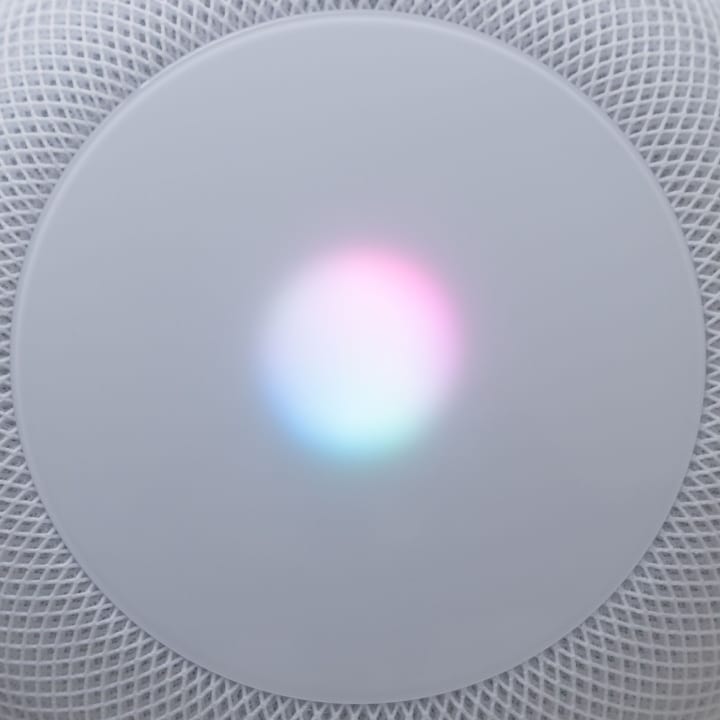Nathan Hart
on 29 March 2022
The Evolution of the Smart Home: Future Predictions [Part 3]
In blogs one and two of this series, we covered how far we’ve come from the earliest smart homes, including older technologies and standards, and smart-home ideas that covered the gamut from innovative to total head-scratchers. We also covered the smart home landscape today, and what developments are on the immediate horizon. Here, we’ll discuss what IoT and home automation will look like further down the road.
Convergence on Matter will be slow
Matter, which I introduced in the previous blog of this series, is a new smart-home standard championed by the Connectivity Standards Alliance (CSA). It will certainly make a big splash, but widespread adoption will take time. While some companies will be able to update their devices to be Matter compatible, there are millions of devices in the field, and it’s likely that most cannot be upgraded. Companies that have already committed to another technology will face the decision of continuing to support their current devices, leaving them behind, or facing the increased costs of supporting both legacy devices and new Matter-compatible ones. Until Matter has proven itself as the new standard, this decision may not be clear-cut. Some companies may also see an advantage in retaining their proprietary technology, hoping their offerings are compelling enough to be a competitive advantage they can keep to themselves.

While Matter will be a great experience for the end consumer, it also means smart device manufacturers will face greater competition. They will be searching for ways to stand out from the crowd, and may try to extend Matter in proprietary ways, bringing us back to the problem Matter was trying to solve in the first place. Increased competition is good for the consumer, but some companies may struggle as their products become commoditized.
Matter has a solution for many of the most common smart-home products. As it continues to be delayed, however, smart-home products continue to become more complex. It’s much easier to create a standard for a smart light bulb than, say, an AI-enabled video camera. Matter will need to play catch up to capture some of these areas where the market is growing the quickest.
The arrival of ambient computing
As I pointed out in the first article of this series, smart homes have historically required a high degree of manual intervention. While automations and scene-level control have improved greatly, it’s still not a great experience to have to take out an app to turn your lights on, or shout across the house at your smart speaker to change the song you’re listening to.
Ambient computing is the idea of smart devices adapting to the user without the need for direct intervention. As more sensors work their way into our lives, and machine learning (ML) algorithms become even more sophisticated, it becomes possible for our devices to learn our habits.

There are some really interesting upsides to this idea. For example, instead of manually reprogramming my new work schedule into my smart thermostat, and again into my lighting system, now both of these systems will learn with no input that I now leave the house at 7:30 when I used to leave at 8:00, and adapt accordingly.
The downsides of this relate very much to my next prediction.
The increasing importance of security
Less intrusive smart home interactions will be made possible by more intrusive data collection. Ambient computing and ML will require a huge amount of data, and smart homes are supplying more and more of it as the years go by. Companies have already rolled out products that are quite sophisticated at processing that data to glean insights into our daily lives. Voice assistants have added a new richness to the data that smart home platforms receive, and new sensing technology, such as Ultra-Wide Band, can only increase the amount of data out there. As Matter adoption grows, devices that in the past only talked to one platform or another can now all work together, increasing the amount of data available to any single platform.
In the present day, a smart home platform might know when my HVAC and lights are set to turn on and off. In the future, that data will be even more personal. A future smart home might know where I am in my house in real time, and where each of my family members is as well.
As the data available becomes richer and ever more personal, the importance of security in the smart home will as well. Right now, smart homes have a poor track record of security, and it is starting to catch up. Governments in Europe and North America have begun drafting legislation concerning the security of connected devices, a trend I see continuing for the foreseeable future.

Restricting access to data is important, but it’s easier said than done. Tech like Snaps, one of the central pillars of Ubuntu Core, can provide the necessary isolation to make sure that apps only have access to what they need, and nothing more.



